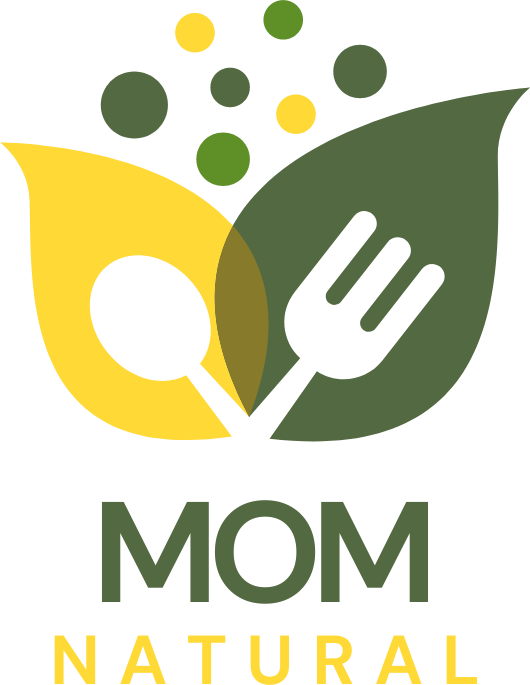An Introduction into the Fascinating World of Sensory Bottles for Babies
As parents, we are always looking for ways to stimulate and engage our little ones. One recent trend that has caught the attention of many parents, caregivers, and educators is the use of sensory bottles for babies. A simple, unique, and highly effective DIY project, sensory bottles have been lauded for their numerous benefits in enhancing a baby’s development.
What are Sensory Bottles?
Sensory bottles, also known as discovery or calm down bottles, are containers filled with various materials designed to stimulate a child’s senses. From glitter to beads, and even food coloring, you can create a captivating world in a bottle that not only entertains but also educates.
Why Sensory Bottles are Beneficial
Apart from being an appealing plaything, sensory bottles offer several benefits:
- Improved focus and calming effects: Sensory bottles can help babies focus and regulate their emotions by providing a focal point for their attention. The slow movement of materials such as glitter or oil inside the bottle can have a calming effect, making them a great tool during tantrums or before bedtime.
- Safe exploration: Babies are naturally curious, and sensory bottles allow them to explore different textures, colors, and sounds safely. Since the contents are securely contained, there’s no risk of a baby putting small objects in their mouth.
- Development of sensory skills: Sensory bottles help babies to develop visual tracking, auditory processing, and tactile recognition skills from a very early age.
Creating Your Own Sensory Bottles: Engaging DIY Projects
Creating sensory bottles is a fun, creative, and cost-effective DIY project. Here’s a simple guide to get you started.
- Choose a bottle: Any clear, plastic bottle with a secure lid will do. Baby water bottles work perfectly.
- Select your ingredients: From glitter to pom poms, beads, sequins, or food coloring, the possibilities are endless. Just be sure that whatever you choose is safe if accidentally ingested.
- Fill your bottle: Add your items to the bottle, then fill it with water or clear oil. Secure the lid with superglue to ensure your baby can’t open it.
For more detailed DIY sensory bottle projects, you can check out these links for inspiration: Especially Education and The Kavanaugh Report.
How Sensory Bottles Complement Existing Baby Care Routines
While sensory bottles are a fantastic tool for educational play on their own, they’re even more effective when integrated into your existing baby care routine. For instance, they can be a great distraction during diaper changes or a calming tool before baby’s first doctor visit. They can also be used during meal times to keep your little one entertained and seated.
Exploring the Varieties of Sensory Bottles
In the world of sensory bottles, variety is the name of the game. You can decide to try different themes and contents based on your child’s interests, seasons, or events. Some favorite varieties include:
- Glitter sensory bottles: These sparkly bottles are a perfect calming tool. The slowly settling glitter provides a mesmerizing effect. You can customize them with various color combinations. Check out detailed instructions on how to make a dazzling glitter sensory bottle here.
- Water bead sensory bottles: Water beads provide a fantastic visual texture in sensory bottles. As they move around and collide with each other, they create interesting sounds that captivate babies’ attention.
- Rainbow sensory bottles: Colorful and vibrant, these bottles use different objects in rainbow colors to stimulate visual and auditory senses.
Where to find Inspiration for your Sensory Bottles
Creating sensory bottles can be as simple or as intricate as you’d like them to be. While they can easily be made from everyday objects around your home, some websites offer excellent ideas and instructions on crafting specific types of sensory bottles. They give you plenty of food for thought on various themes and materials you could use.
- You can find step-by-step instructions on how to make an impressive variety of sensory bottles at One Little Project.
- If you’re looking for sensory bottles that are suitable for babies and toddlers, EatPlayCbus offers wonderful suggestions.
- Mostly Under Control features sensory bottle ideas you can make from dollar store items, emphasizing affordability and creativity.
Keeping an Eye on Safety
While sensory bottles are generally safe, some contents might not be suitable for younger babies who are still at the stage of exploring everything with their mouth. Objects such as small beads or any pieces that can come off with time may present a choking hazard. Always ensure that the lids of your homemade sensory bottles are glued securely and checked regularly. Also, be cautious about the type of sensory objects you choose to put in your bottles, avoiding items that could be harmful if accidentally ingested.
The Magic of Sensory Bottles: Unlocking a World of Discovery
In conclusion, sensory bottles are an excellent DIY project for any new parent, caregiver, or educator looking to engage their babies in meaningful play that aids their development. They’re a versatile tool that offers a myriad of benefits – from calming a fussy baby and distorting during taxing routines to nurturing visual, auditory, and tactile sensory skills. With the right safety measures and a sprinkle of creativity, sensory bottles can be an enchanting addition to any baby’s playtime routine.

